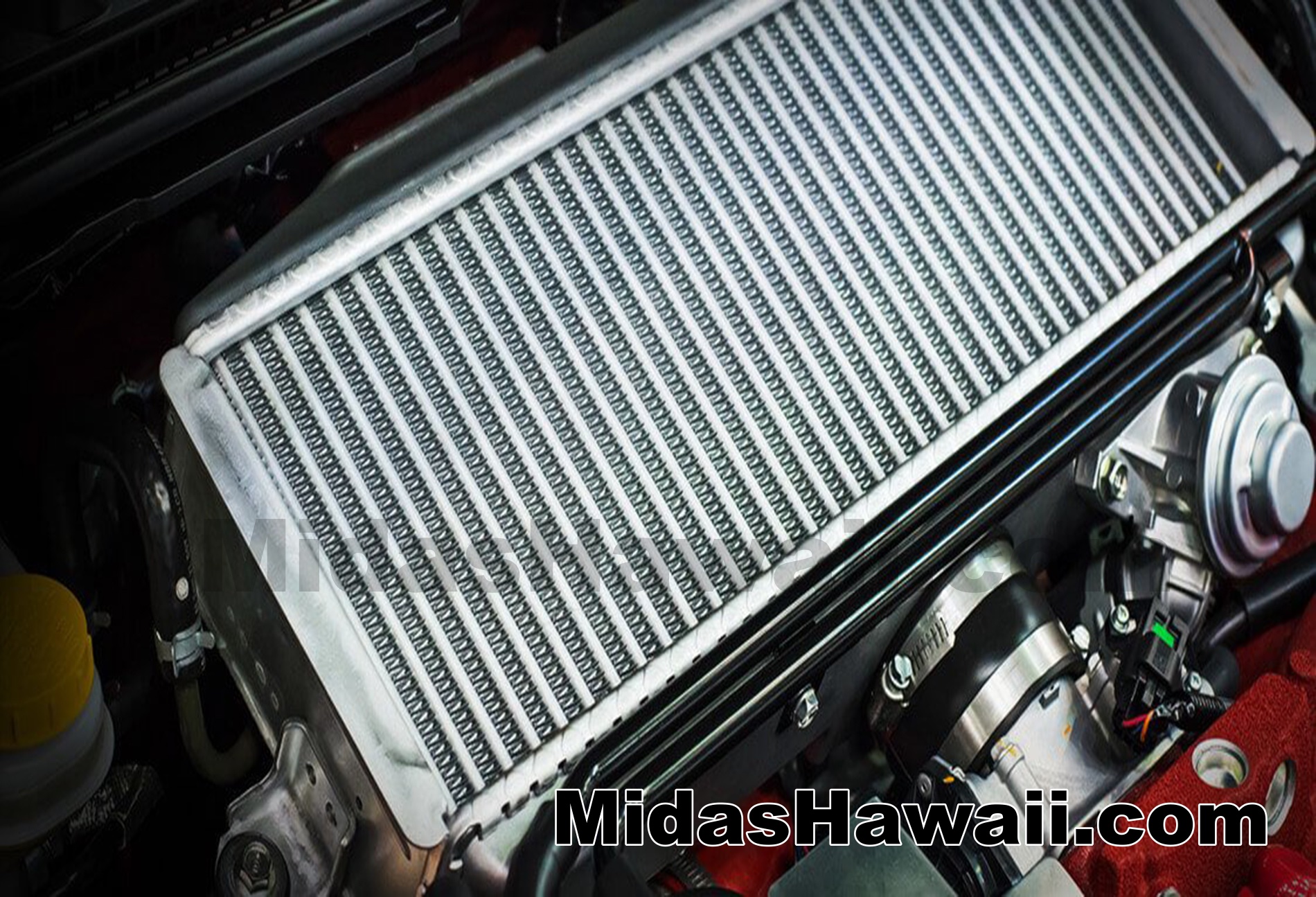Radiator Flush
- Tweet
Back to the top
FAQ LEGEND
Back to the top
Radiator Flush Questions
A. A coolant flush is another name for radiator flush, a procedure to clean your vehicle's cooling system of sediment and rust. The coolant keeps your engine from overheating while running, and from freezing in cold weather when it's not running. The purpose of a radiator flush is to ensure that your coolant system protects your engine as efficiently as possible -- and to prevent corrosion in metal engine parts from rust and other contaminants.
A. A radiator flush (or coolant flush) consists of four steps:
- Draining the existing coolant from your vehicle's radiator.
- Adding new coolant and conditioner to the radiator. The new mixture then circulates through the vehicle's cooling system, loosening any sediment and rust that has built up in the radiator channel.
- Draining the radiator to remove sediment and rust.
- Refilling the radiator channel with a fresh coolant mix (typically water and anti-freeze).
A. Check your vehicle owner's manual to see how often your manufacturer recommends a radiator flush for your model. A common radiator flush interval is every 30,000-50,000 mile, or every 2-5 years.
A. A trained mechanic can perform a radiator flush in about 30 minutes using a commercial coolant flush and fill machine. Without a machine, a radiator flush takes about two hours. You'll need to allow additional time for any other services performed at the same time, such as radiator leak repair or inspection.
A. Depending on your vehicle and your coolant, flushing your radiator on your manufacturer's recommended schedule ranges from a best practice to a necessity. With modern coolants, flushes likely help the operation of the cooling system and, in any case, do no harm. If enough corrosives build up in your coolant, your metal engine parts can degrade. If enough contaminants build up that your engine freezes, you can end up with irreparable engine damage. And If there are silicates or borates in your coolant, it must be replaced regularly. And in the case of a radiator leak, you will need new coolant after that problem is repaired. A full coolant system flush is convenient at that time.
Your local Midas technician will visually inspect your coolant fluid and hoses as part of every Midas Touch Courtesy Check1. We'll let you know whether it's time for new coolant, or if it can wait.
- Midas Touch Courtesy Check includes visual checks of brakes, battery, air filter, fluids, belts, and hoses.‚Ü©
ref no:34712
Please send questions about this website to webmaster
Terms of Use / Legal Disclaimer / Privacy Statement
Site Designed and Managed by MacBusiness Consulting

